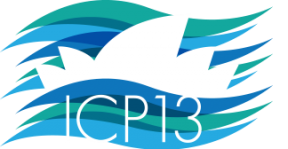Nature Geoscience
1. Reduced continental weathering and marine calcification linked to late Neogene decline in atmospheric CO2
Weimin Si & Yair Rosenthal
PNAS
2. Global atmospheric oxygen variations recorded by Th/U systematics of igneous rocks
He Liu, Robert E. Zartman, Trevor R. Ireland, and Wei-dong Sun
3. Multidecadal observations of the Antarctic ice sheet from restored analog radar records
Dustin M. Schroeder, Julian A. Dowdeswell, Martin J. Siegert, Robert G. Bingham, Winnie Chu, Emma J. MacKie, Matthew R. Siegfried, Katherine I. Vega, John R. Emmons, and Keith Winstein
4. Seawater-buffered diagenesis, destruction of carbon isotope excursions, and the composition of DIC in Neoproterozoic oceans
Paul F. Hoffman and Kelsey G. Lamothe


